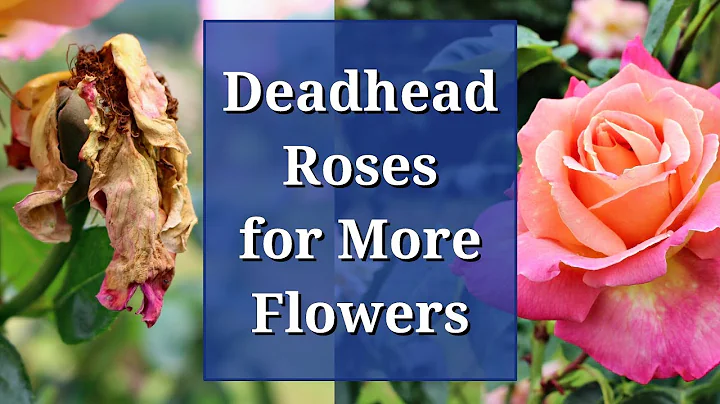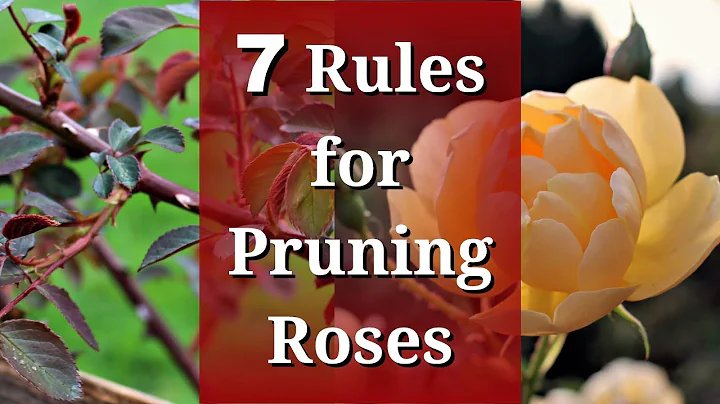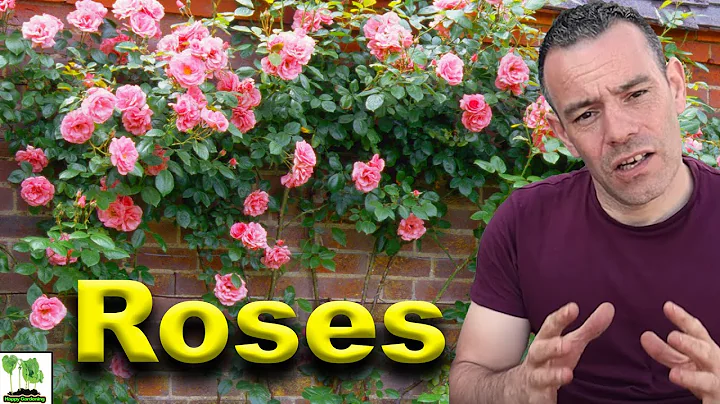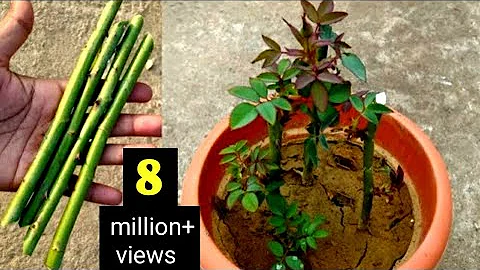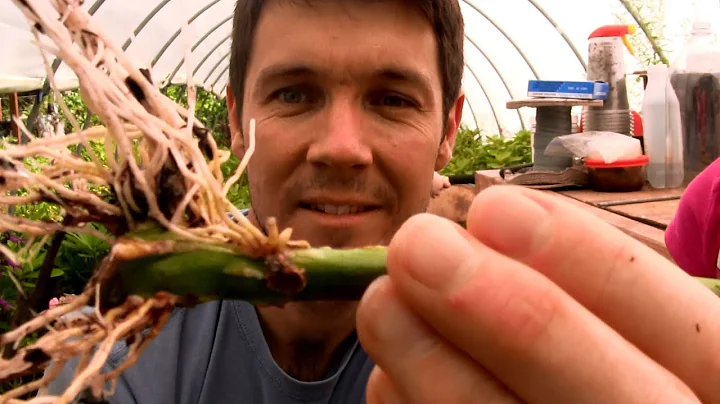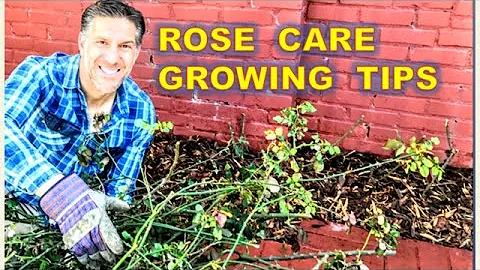Many rose new seedlings bought by florists online or in the market looked quite fresh when they arrived home, growing vigorously and in good spirits. Some even had flower buds or had already bloomed. So why did they appear? What about the phenomenon of yellow leaves and wilting after planting?


Reason analysis:
1. Just buy it and plant it. In a short period of time, the roots have not adapted to the new environment, have no time to grow, and cannot play their role. Water and nutrients cannot be transported up, and the branches, leaves, and rhizomes consume more water and nutrients. , there is a contradiction between supply and demand, and supply exceeds demand. This situation will naturally occur. This situation is more obvious for plants with relatively large overall crowns, many branches, leaves, and rhizomes, and fragile and damaged root systems;
2. As soon as they are planted, they are taken out to be exposed to the sun on hot days. Transpiration and evaporation are intense, and water and nutrients are lost. The demand is large, and the specific reasons are similar to the first one;
3. Too much fertilizer and pesticides are applied to the new seedlings, and the new branches, leaves, and root systems are relatively fragile, and root and leaf burns occur;
4. Watering is too frequent, and the new seedlings are generally hydrated. The consumption is not very large. Frequent watering may cause root retting and damage to the roots;
5. Potted plants: The pots are too small and the space is not enough, making it difficult for the roots to extend and grow, resulting in root nests and root retting; ground planting: no drainage treatment is done, and the planting area If it is low-lying, it is easy for water to accumulate; if it is buried too deep, it will not be breathable.
Treatment measures:
1. After new seedlings are planted, prune weak branches, dead branches, bad branches, bad leaves, side branches, blind branches , and blind buds, and top them to reduce consumption and speed up ventilation. Open the soil at the roots, groom and prune the roots, water the roots, and place them in a cool, ventilated place to slow down the seedlings for 4-12 hours;
2. Planting in the evening or in rainy weather can be done in pastoral soil or nutrient soil. If conditions permit, you can add Ceramsite , gravel , coconut bran , coconut shell promote loose soil ventilation and subsequent drainage. For potted plants, if they are medium and large seedlings, the pot should be as large as possible, and the soil should not be buried deep or pressed too tightly. After fixing the roots, water them thoroughly, and then water them when they are dry. In summer, you can increase the watering frequency appropriately according to the situation;
3. After planting, place it in a cool, well-lit, ventilated place for 1-7 days to avoid sunlight exposure. Wait until the seedlings are alive. From now on, just put it outdoors and perform daily maintenance;
4. Use as little fertilizer and pesticides as possible on new seedlings, or even no fertilizer or pesticides;
5. Make sure the rose you buy is a vine rose or a shrub rose. Vine roses: they can climb vines. The crown width is large and the plant height is generally more than 2 meters, and some can reach 6 meters or even more; shrub rose: an upright plant, the crown width is relatively small, and the height is about 1 meter. Based on the above differences, when it comes to potted plants, such as vine roses, the pots should be larger to give them enough room to grow. If planting on the ground, take good drainage measures, dig drainage ditches, raise ridges or pile soil. Plant roses high in the area to facilitate drainage; do not bury them too deep. Generally speaking, it is enough if the roots are buried well and the whole is fixed so that it does not fall. .
The above is my personal summary and experience in growing roses. I also ask all florists to provide your valuable comments and suggestions to further improve relevant knowledge. Thanks!
